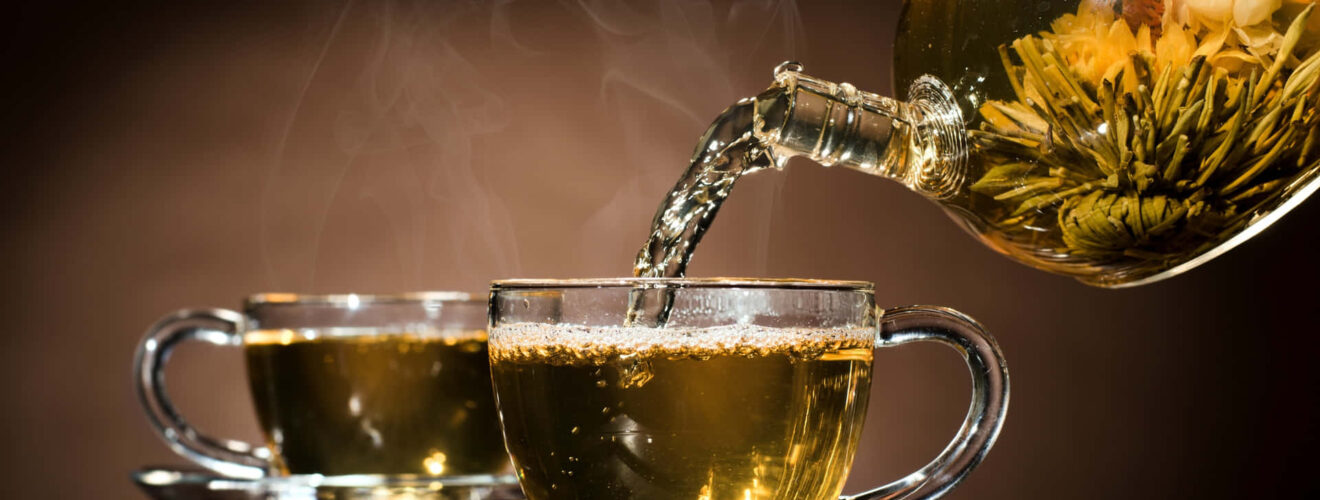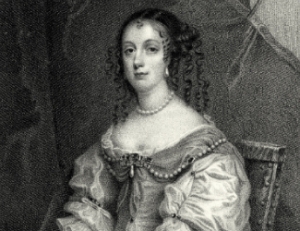Do you know when and by whom Tea was discovered

Founder of Tea

- Emperor Shen Nung
In the Beginning
Tea, beverage produced by steeping in freshly boiled water the young leaves and leaf buds of the tea plant, Camellia sinensis. Two principal varieties are used, the small-leaved China plant (C. sinensis variety sinensis) and the large-leaved Assam plant (C. sinensis variety assamica). Hybrids of these two varieties are also grown. The leaves may be fermented or left unfermented.
According to legend, tea has been known in China since about 2700 BCE. For millennia it was a medicinal beverage obtained by boiling fresh leaves in water, but around the 3rd century CE it became a daily drink, and tea cultivation and processing began. The first published account of methods of planting, processing, and drinking came in 350 CE. Around 800 the first seeds were brought to Japan, where cultivation became established by the 13th century. Chinese from Amoy brought tea cultivation to the island of Formosa (Taiwan) in 1810. Tea cultivation in Java began under the Dutch, who brought seeds from Japan in 1826 and seeds, workers, and implements from China in 1833.
In 1824 tea plants were discovered in the hills along the frontier between Burma and the Indian state of Assam. The British introduced tea culture into India in 1836 and into Ceylon (Sri Lanka) in 1867. At first they used seeds from China, but later seeds from the Assam plant were used.
The Dutch East India Company carried the first consignment of China tea to Europe in 1610. In 1669 the English East India Company brought China tea from ports in Java to the London market. Later, teas grown on British estates in India and Ceylon reached Mincing Lane, the centre of the tea trade in London. By the late 19th and early 20th centuries, tea growing had spread to Russian Georgia, Sumatra, and Iran and extended to non-Asian countries such as Natal, Malawi, Uganda, Kenya, Congo, Tanzania, and Mozambique in Africa, to Argentina, Brazil, and Peru in South America, and to Queensland in Australia.
Processing the leaf
In tea manufacture, the leaf goes through some or all of the stages of withering, rolling, fermentation, and drying. The process has a twofold purpose: (1) to dry the leaf and (2) to allow the chemical constituents of the leaf to produce the quality peculiar to each type of tea.
The best-known constituent of tea is caffeine, which gives the beverage its stimulating character but contributes only a little to colour, flavour, and aroma. About 4 percent of the solids in fresh leaf is caffeine, and one teacup of the beverage contains 60 to 90 milligrams of caffeine. The most important chemicals in tea are the tannins, or polyphenols, which are colourless, bitter-tasting substances that give the drink its astringency. When acted upon by an enzyme called polyphenol oxidase, polyphenols acquire a reddish colour and form the flavouring compounds of the beverage. Certain volatile oils contribute to the aroma of tea, and also contributing to beverage quality are various sugars and amino acids.
Only black tea goes through all stages of the manufacturing process. Green tea and oolong acquire their qualities through variations in the crucial fermentation stage.
Origin myths
In Chinese legend, Emperor Shennong was drinking a bowl of just boiled water because of a decree that his subjects must boil water before drinking it. Some time around 2737 BC, a few leaves were blown from a nearby tree into his water, changing the color and taste. The emperor took a sip of the brew and was pleasantly surprised by its flavor and restorative properties. A variant of the legend tells that the emperor tested the medical properties of various herbs on himself, some of them poisonous, and found tea to work as an antidote. Shennong is also mentioned in Lu Yu’s famous early work on the subject. A similar Chinese legend states that Shennong would chew the leaves, stems, and roots of various plants to discover medicinal herbs. If he consumed a poisonous plant, he would chew tea leaves to counteract the poison.
A legend dates back to the Tang dynasty. In the legend, Bodhidharma, the founder of Chan Buddhism, accidentally fell asleep after meditating in front of a wall for nine years. He woke up in such disgust at his weakness that he cut off his eyelids. They fell to the ground and took root, growing into tea bushes. Another version of the story has Gautama Buddha in place of Bodhidharma.








